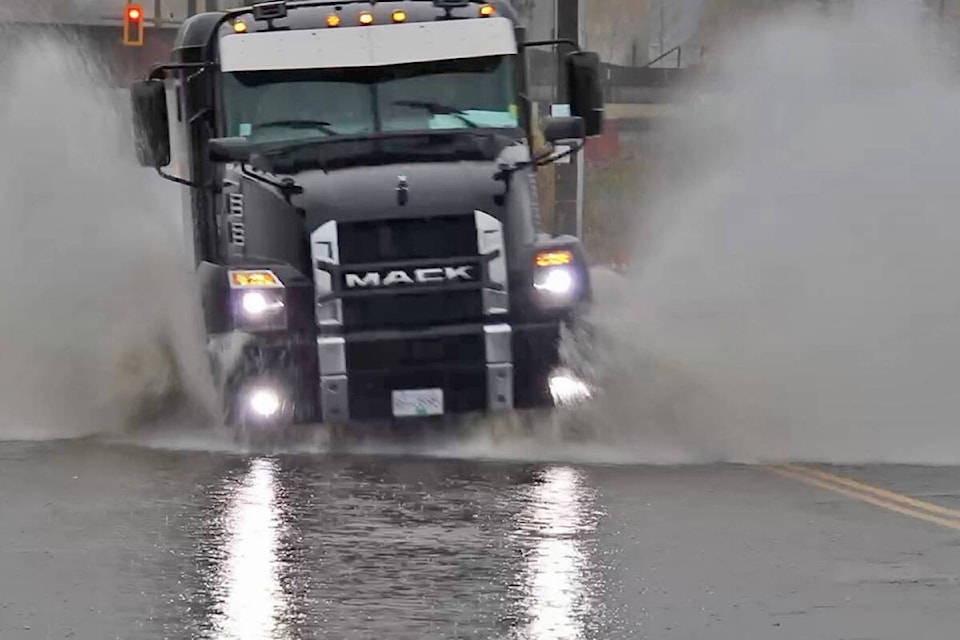Those who don’t study history are doomed to repeat it.
Those who don’t study disasters may just be doomed.
The Regional District of Bulkley Nechako (RDBN) has learned the lessons of other communities’ tragedies and this week released an exhaustive 42-page report that specifies each local region’s most likely dangers, what resources it has to deal with them, who and how those incidents would be met, and what might be lacking for public safety.
Lead author Deborah Jones-Middleton, the RDBN’s director of protective services, unveiled the report to the public on Thursday (Apr. 6) at a meeting of Regional District directors. The consultation process to build the assessment had been going on for a long time, so it was known of and received with enthusiasm by the mayors and rural directors at the table.
“It was a tedious process, but it was worth it,” said Jones-Middleton. “We as emergency managers know more about our regions because of the interactions we’ve had with each of the committees, and we feel more confident in our abilities to move forward with planning and response.”
“There were some issues brought up and ideas spawned out of that,” said Area E (Francois Ootsa Rural) director Clint Lambert, who thanked Jones-Middleton and staff for the deep consultation that went into the process. “Area E is looking at putting in two helicopter pads because of knowing that we’ve got everybody on the same page, that we are able to do this, that the BC Ambulance Service has an air ambulance, and a helicopter especially for strokes, and things like that. I thought it was very good to get the fire department, ambulance, everybody in the community together, brainstorm, and come up with different ideas and different solutions to problems we might have in our specific communities.”
Regional District chair, and director for the Fraser Lake Rural area, Mark Parker conveyed how this was not simply a regurgitation of the obvious. He was impressed with the detail, the area-by-area customization, and the revelations that came out of the process.
It was a lot of thanks to volunteers in every area of the regional district. Committees were made up in which they identified and input hazards in each region.
These committees started meeting and detailing hazards in 2021 with the report now finalized in 2023.
“I’ll admit, at the very start of this I was one of the ones who was skeptical: we must know what we have for hazards, what can there be?” said Parker.
“I agree. Once you get people in a room, you discover a lot of things you didn’t know. I’ll eat a lot of crow on that one. It was good. And the other piece that I thought went really well was relationship-building that went with those meetings. Just getting everyone’s roles established, that came out of it as well, and it went much further than identifying hazards.”
The report has maps, charts, graphs, and bite-sized text that outline each individual areas’ disaster response profile.
The document is titled Regional District of Bulkley-Nechako Hazard, Risk & Vulnerability Analysis Report.
The public can read the report starting on Page 26 in the RDBN’s meeting agenda from April 6.
